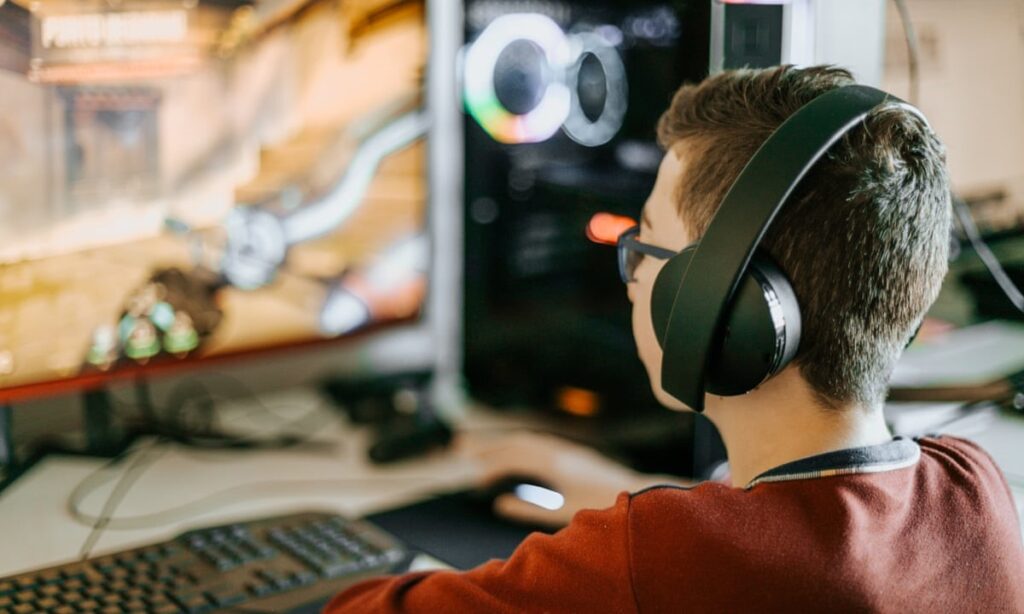A recent study review has unveiled the potential risks to the hearing of individuals immersed in video gaming, emphasising the dangers of extended exposure to elevated sound levels. Published in BMJ Public Health, the review meticulously examined 14 studies involving over 50,000 participants, shedding light on concerns that persistent gaming sessions with heightened volumes could lead to irreversible hearing loss or conditions such as tinnitus.
The findings highlight the imperative need for heightened public health efforts to cultivate awareness among gamers, mirroring initiatives observed in campaigns addressing safety in live music and headphone usage. While the study suggests that gamers could minimise risks by lowering volume levels, it underscores that the duration of exposure to high volumes significantly contributes to potential harm.
Following World Health Organisation (WHO) guidelines, adults are deemed safe when exposed to 80 decibels (dB) for 40 hours weekly, equivalent to the noise level of a doorbell. Beyond this threshold, safe exposure rapidly diminishes. WHO advises adults to limit listening to 85 dB for four hours weekly and 90 dB for one hour and 15 minutes weekly, with even lower thresholds for children.
Analysing various studies, the review identified average headphone noise levels in shooting games ranging from 88.5 to 91.2 dB, with impulse sounds, such as shooting noises, peaking at 119 db. Additionally, it was observed that boys engaged in video games more frequently and for extended durations, often at higher volumes compared to girls.
While some studies indicated correlations between gaming and hearing issues, the authors underscore the necessity for additional research to establish a robust link. They advocate for a comprehensive investigation into the impact of e-sports, geographical factors, sex, and age.
Despite spanning studies back to the 1990s, with only two papers in the last decade objectively measuring sound levels, the authors suggest that the limited available evidence indicates gaming may constitute a common source of unsafe listening. Consequently, they endorse prioritised interventions, focusing on education and awareness to instill safe listening habits among gamers. The gaming industry body Ukie encourages headphone use within safe levels but refrains from making specific comments on the study.











More Stories
Musk announced that Tesla plans to utilize humanoid robots in the upcoming year
Raspberry Pi’s shares surge as it makes its debut on the stock market
The latest design for business class airplane seats features a substantial 45-inch television screen.